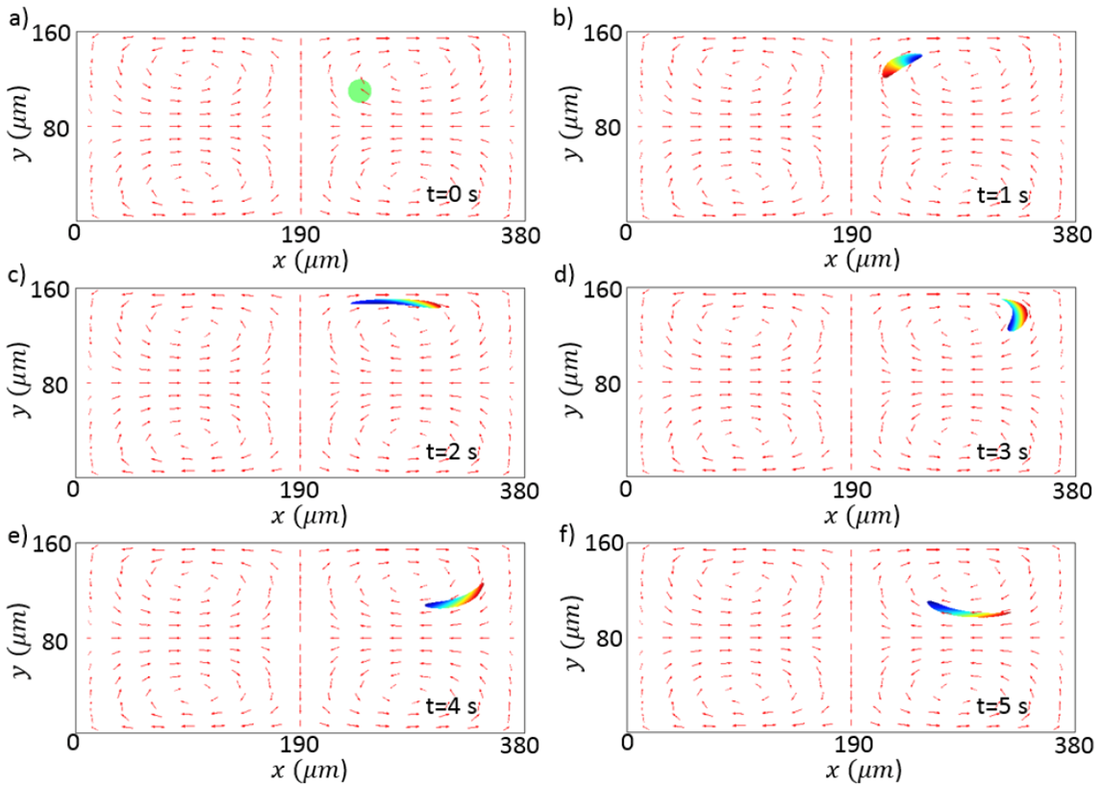
The fluid-structure interaction (FSI) is very evident in many microacoustofluidic processes like rotation of suspended particles inside fluid, separation of suspended cells inside fluid based on their size difference, use of various vibrating structures inside microchannels to drive acoustic streaming etc. The primary motivation of this study has been to revisit the formulation of the governing equations for microacoustofluidics in an fluid-structure interaction (FSI) context to develop a numerical formulation that is transparent with regards to the reference frames as well as the time-scale separation. In this context, we developed a first-principles based generalized Lagrangian formulation for microacoustofluidics that is readily extendable to applications involving FSI. The key scientific contribution here was the generalization of the established perturbation technique and the development of an arbitrary Lagrangian-Eulerian (ALE) formulation to model the kinematic response of immersed bodies under the action of hydrodynamic forces generated due to acoustic streaming. This formulation was then numerically implemented by extending the immersed finite element method to include the generalized perturbation approach. By combining advanced computational techniques with the experimental observations, it is then possible to precisely and accurately obtain the mechanical properties of the immersed bodies (cells), which is crucial for the exploitation of mechanical biomarkers and their use in health care.
References:
- N. Nama, T. J. Huang, and F. Costanzo, Acoustic Streaming: An Arbitrary Lagrangian-Eulerian Perspective, Journal of Fluid Mechanics, Vol. 825, pp. 600-630, 2017. [PDF]
- N. Nama, Microacoustofluidics: An Arbitrary Lagrangian-Eulerian Framework, Ph.D. Dissertation, Pennsylvania State University, April 2017.[PDF]